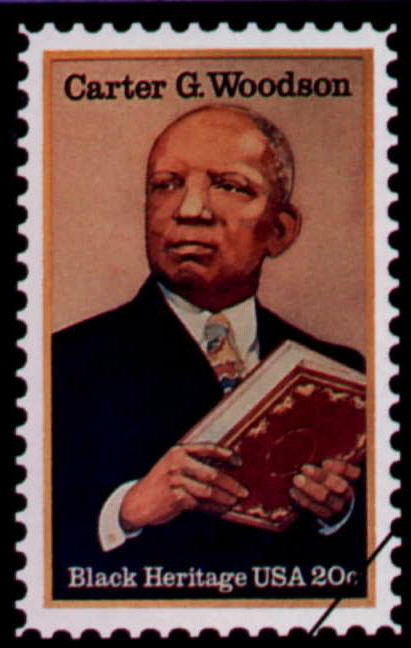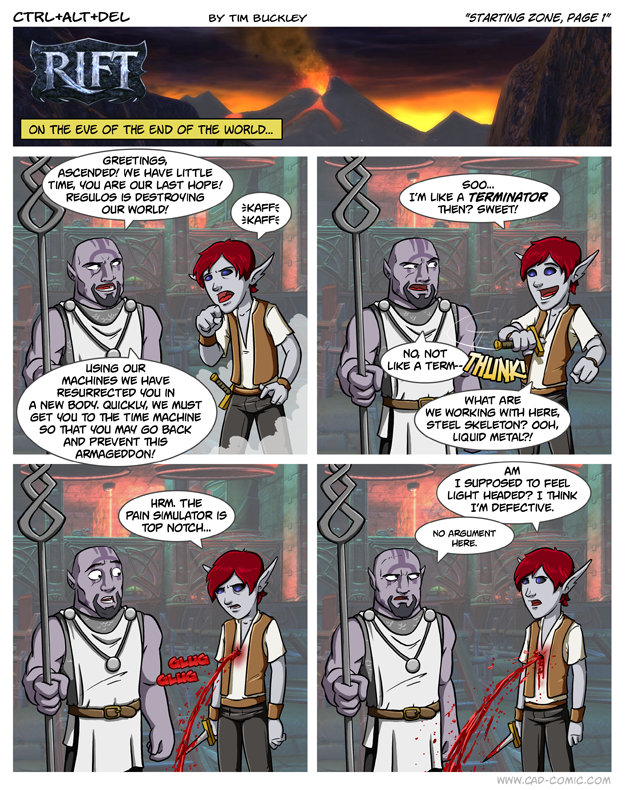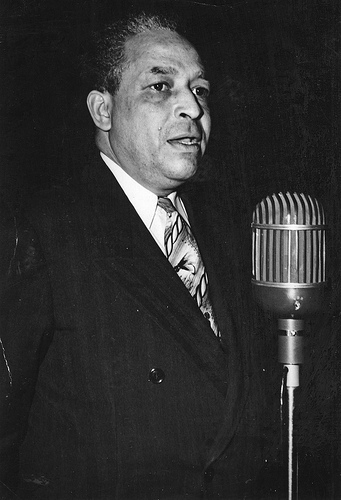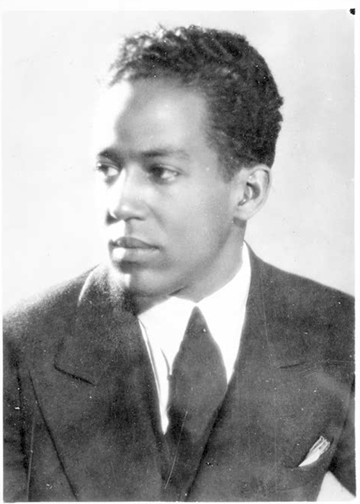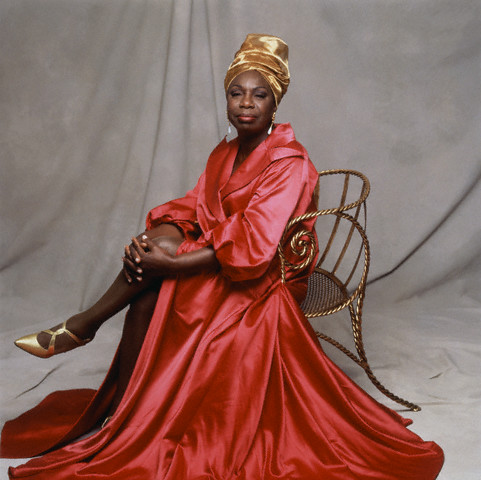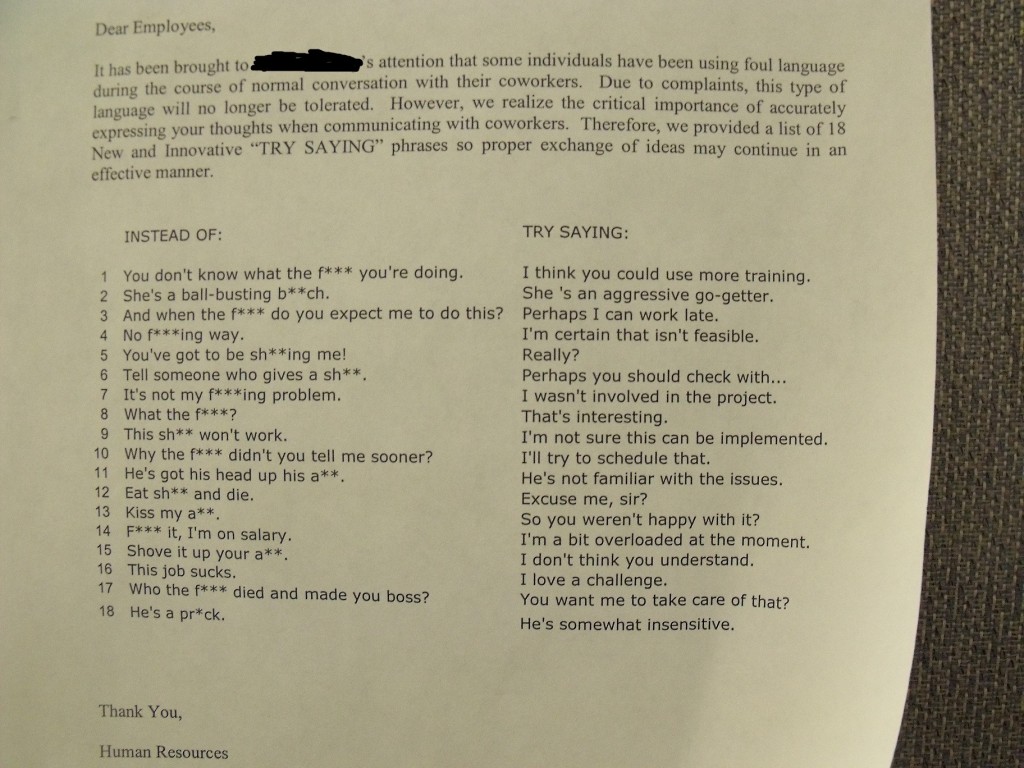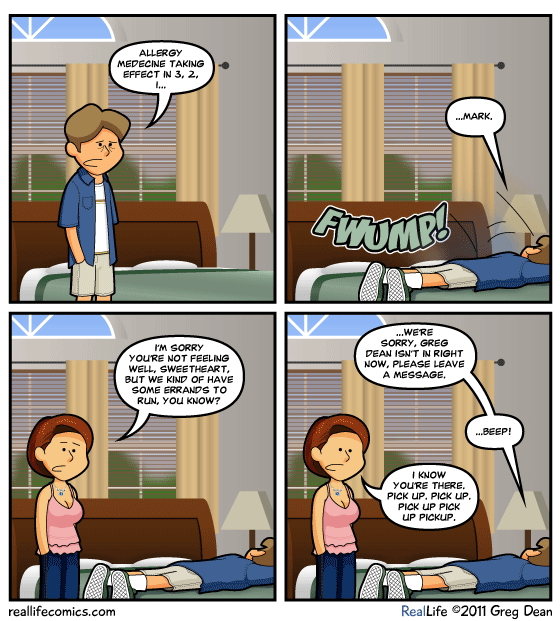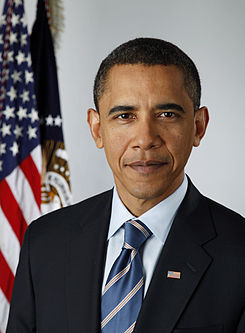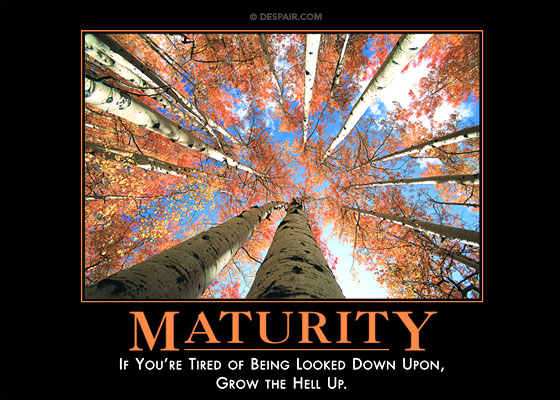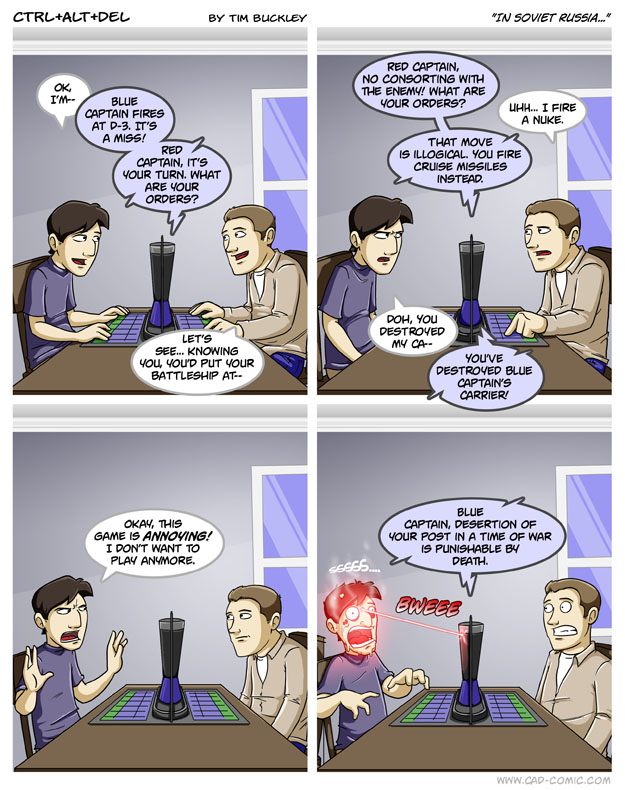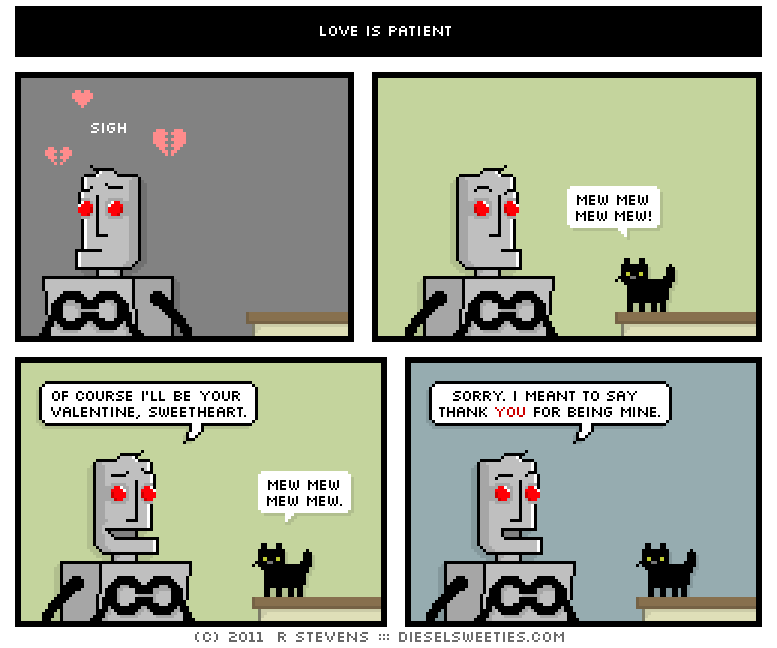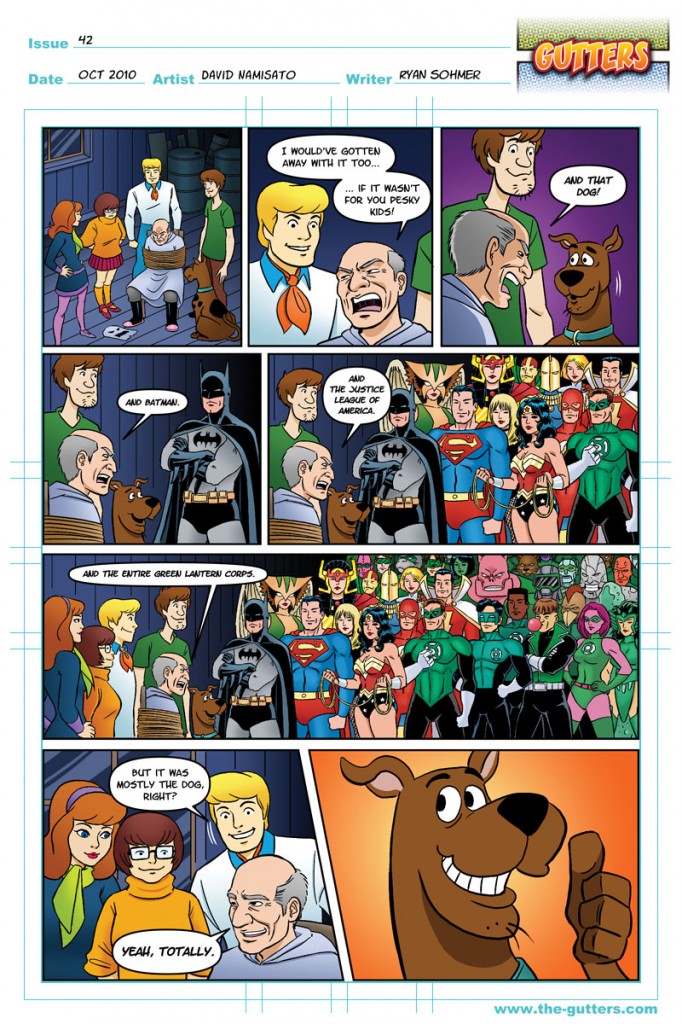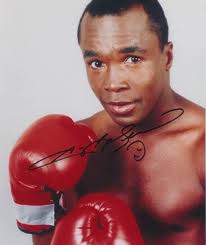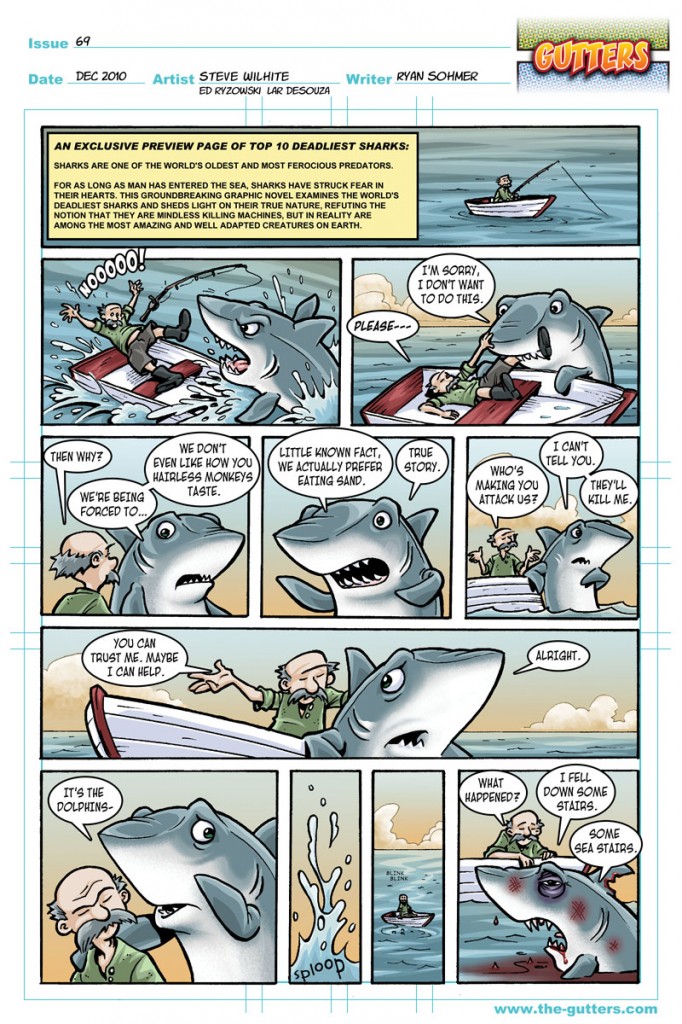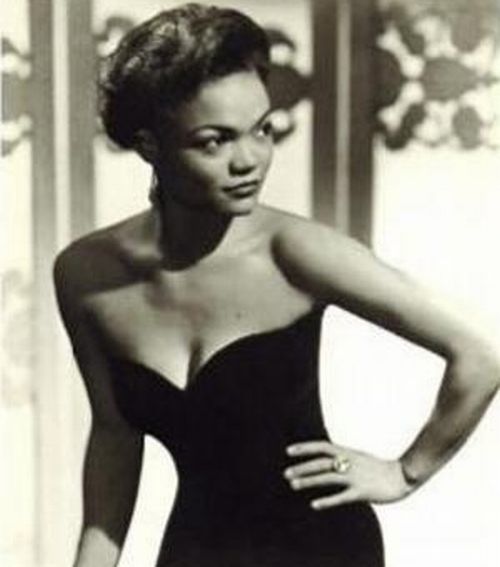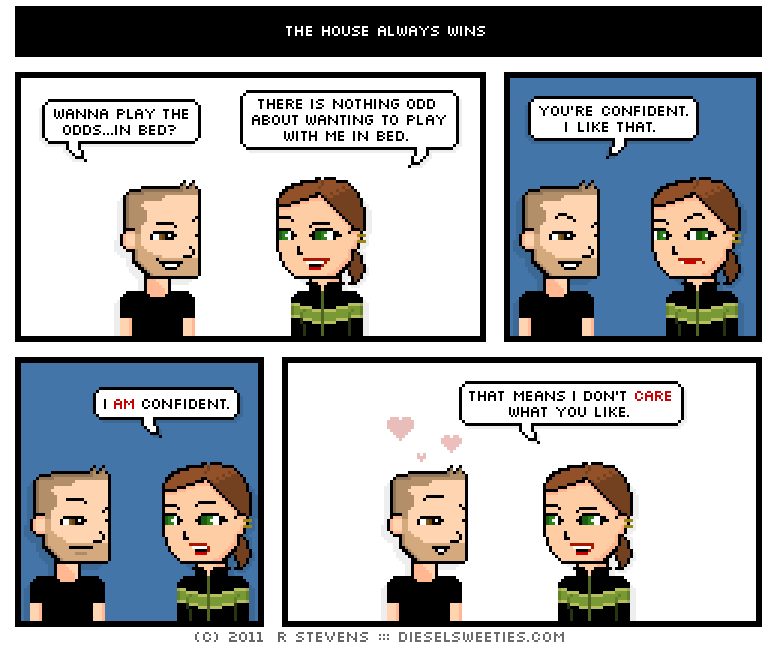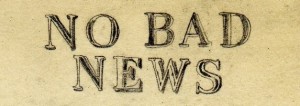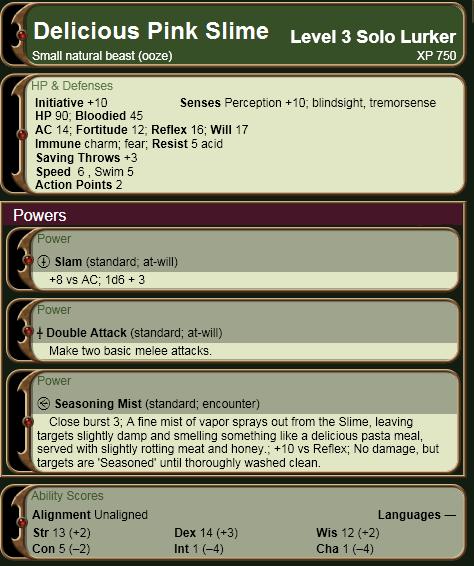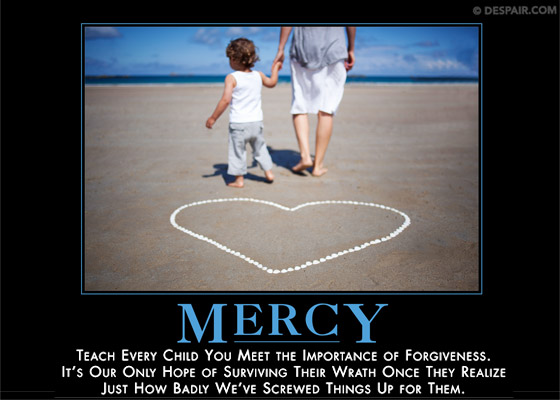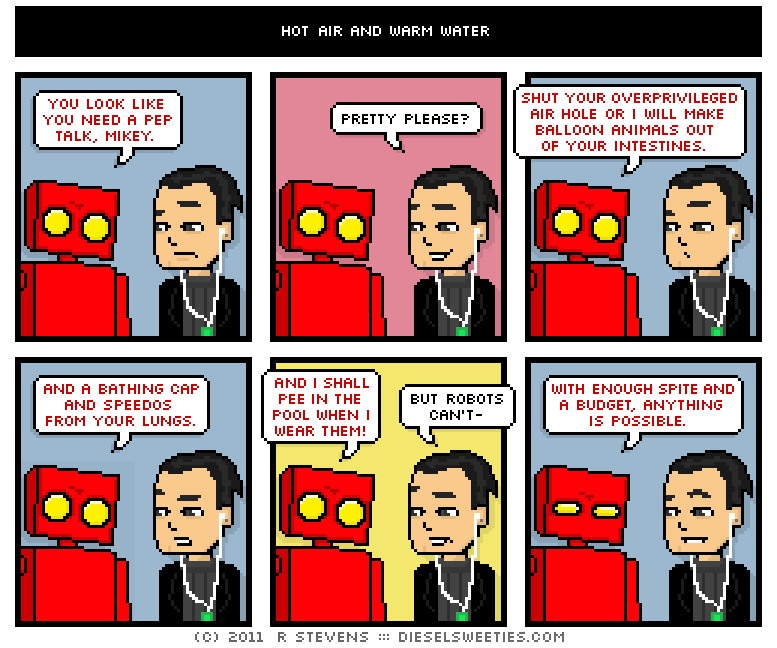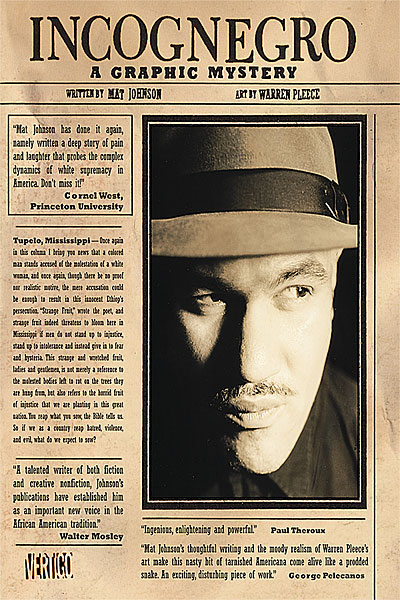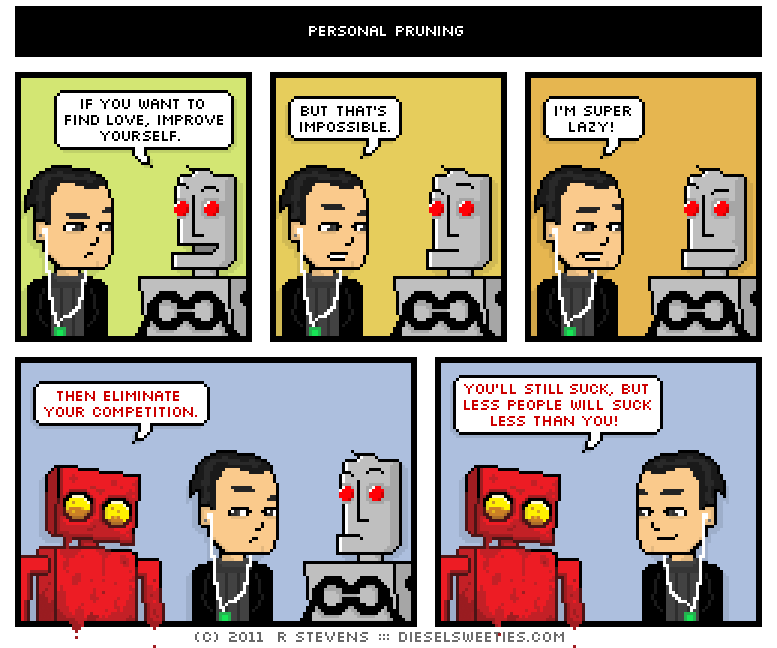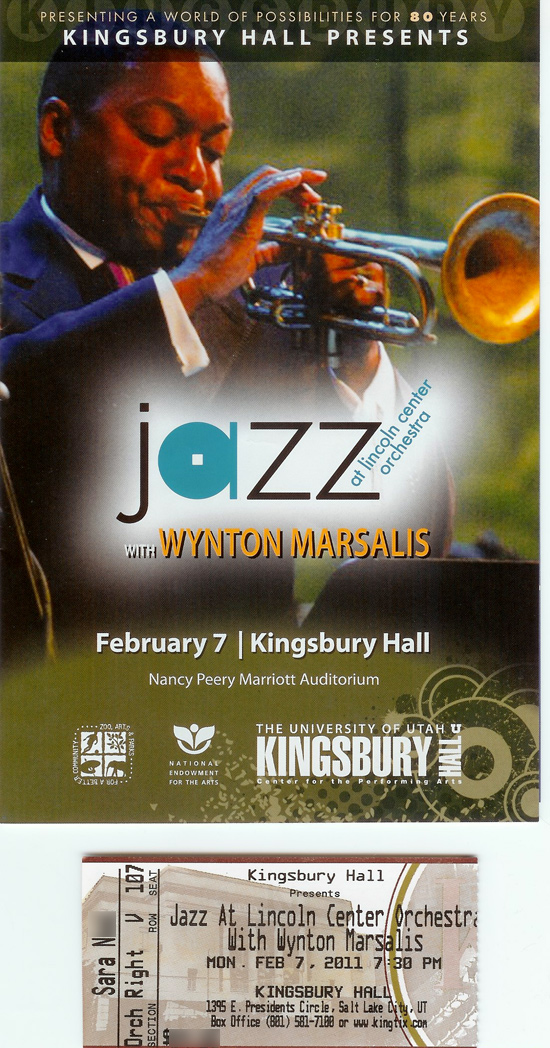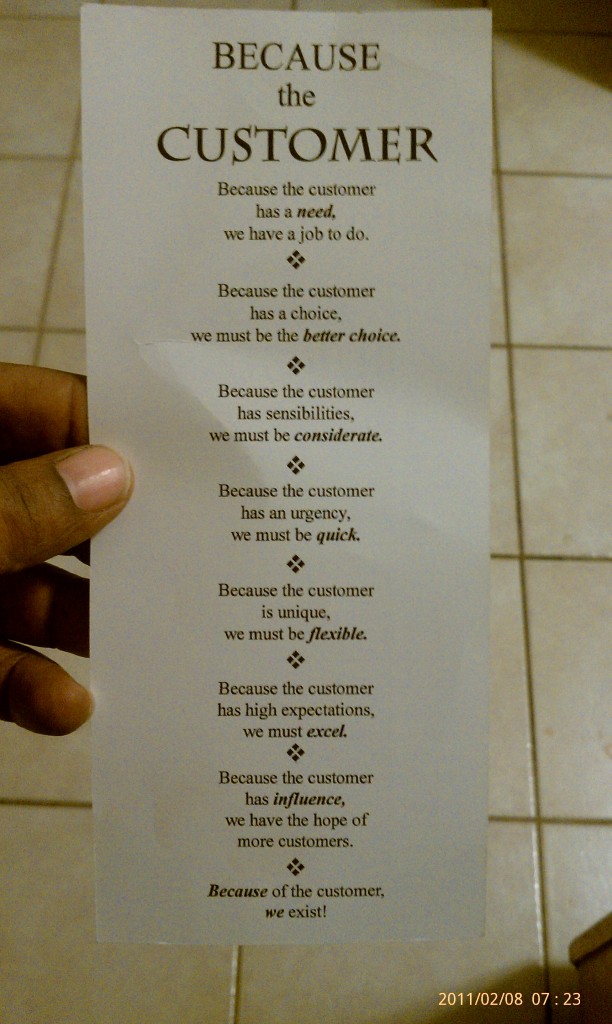“A rolling stone gathers no moss.”
art, baseball, business and economy, dining and cuisine, everyday glory, food for thought, games, geekery, history, house and home, movies and TV, music, science and technology, trains/model railroads, Whiskey Tango Foxtrot...?! No Comments »Tuesday – 22 February 2011
Work Week: Day Two. The sun’s out, but the temps are still kind of low. (Although we might actually break 40F today…)
On the “up” side, I am definitely feeling better. I also no longer sound (completely) like a reject from the old Budweiser frogs commercials. I’m still a bit congested, but I can breathe… for the most part.
Last night, SaraRules! made a tasty chicken pot pie for dinner. We ate and watched a couple of episodes of NCIS: Los Angeles and then a couple of episodes of House Hunters.
Generally speaking, I enjoy House Hunters, but last night’s episodes contained a couple of families who the Logic Fairy seemed to overlook – or at least skimp on – when she was doling out common sense:
- A family in the suburbs of Louisville, KY decided that they wanted to purchase a vacation home.
(So far, so good.)Let me reparse the above with the kicker: “…they wanted to buy a vacation home, twenty minutes from their current home.” Yeah, we were dumbstruck. They wanted to take out a second mortgage ($250, 000) on a “vacation condo” in downtown Louisville. Twenty minutes away. That doesn’t even make good crazy people sense. - The second family wanted to buy a new home in which to raise their 18-month-old daughter. Their main “wants” were:
- One level.
- Three or more bedrooms.
- A yard for their daughter to play in.
All-in-all, their wants weren’t too outrageous… especially when compared to some of the things that people have sought on this show. The “one level” requirement was because they saw stairs as a safety hazard. (I guess they’d never heard of a child safety gate. *shrug*) They saw three houses:
- One level, but the “back yard” was largely taken over by a large, in-ground swimming pool.
- Multi-level house, with a couple of notable potential hazards.
- Two-level house with a loft.
They chose House #1, despite the wife’s early – and quite vocal – objections to having no back yard and the giant water hole. I can understand some of their reasons for avoiding the second house, but the third house’s stair “problem” could have easily been handled with a gate.
I also spent a little time in Metropolis before bed. I started off just flying around, exploring parts of the city that I hadn’t yet visited. I decided to tackle a mission that I’d let languish for a couple of levels.
Chew on This: Food for Thought – Black History Month
Today’s personality is: Carter G. Woodson (1, 2, 3)
Carter Godwin Woodson was an African-American historian, author, journalist and the founder of the Association for the Study of African American Life and History. He was one of the first scholars to value and study Black History. He recognized and acted upon the importance of a people having an awareness and knowledge of their contributions to humanity, and left behind an impressive legacy. A founder of Journal of Negro History, Dr. Woodson is known as the “Father of Black History.”
The son of freed slaves, Woodson worked as a sharecropper and a miner to help his family. He began high school in his late teens and proved to be an excellent student. Woodson went on to college and earned several degrees. He received a doctorate from Harvard University in 1912—becoming one of the first African Americans to earn a Ph.D. at the prestigious institution. His doctoral dissertation,The Disruption of Virginia, was based on research he did at the Library of Congress while teaching high school in Washington, D.C. After earning the doctoral degree, he continued teaching in the public schools, later joining the faculty at Howard University as a professor and served as Dean of the College of Arts and Sciences.
Convinced that the role of his own people in American history and in the history of other cultures was either being ignored or misrepresented among scholars, Woodson realized the need for research into the neglected past of African Americans. Along with Alexander L. Jackson and three associates, he founded the Association for the Study of Negro Life and History September 9, 1915, in Chicago. That was also the year Woodson published The Education of the Negro Prior to 1861. His other books followed: A Century of Negro Migration (1918) and The History of the Negro Church (1927).
After leaving Howard University, Dr. Woodson devoted the rest of his life to historical research. He worked to preserve the history of African Americans and accumulated a collection of thousands of artifacts and publications. He noted that African American contributions “were overlooked, ignored, and even suppressed by the writers of history textbooks and the teachers who use them.” Race prejudice, he concluded, “is merely the logical result of tradition, the inevitable outcome of thorough instruction to the effect that the Negro has never contributed anything to the progress of mankind.” In 1926, Woodson single-handedly pioneered the celebration of “Negro History Week”, for the second week in February, to coincide with marking the birthdays of Abraham Lincoln and Frederick Douglass. The week was later extended to the full month of February and renamed Black History Month.
Dr. Woodson’s most cherished ambition, a six-volume Encyclopedia Africana, lay incomplete at his death on April 3, 1950 at the age of 74. He is buried at Lincoln Memorial Cemetery in Suitland-Silver Hill, Maryland.
Stray Toasters
- I took “a few” new pictures of my railroad layout.
- Datamining Hip-Hop’s History
- I’m not an Indians fan, but I found this story interesting: Straight Down the Middle, the Long Way
- Free Trove of Music Scores on Web Hits Sensitive Copyright Note
- Rafting for Rocks
- “Tonight I’m Frakking You” is your new sci-fi dance single

- Will Michael Bay’s NASCAR Transformers Be the Skids and Mudflap of Transformers 3?
- Hundreds of Tourist Photos Weaved into One
- Child-Product Makers Seek to Soften New Rules
- Apple in talks to improve the sound quality of music downloads
Namaste.


